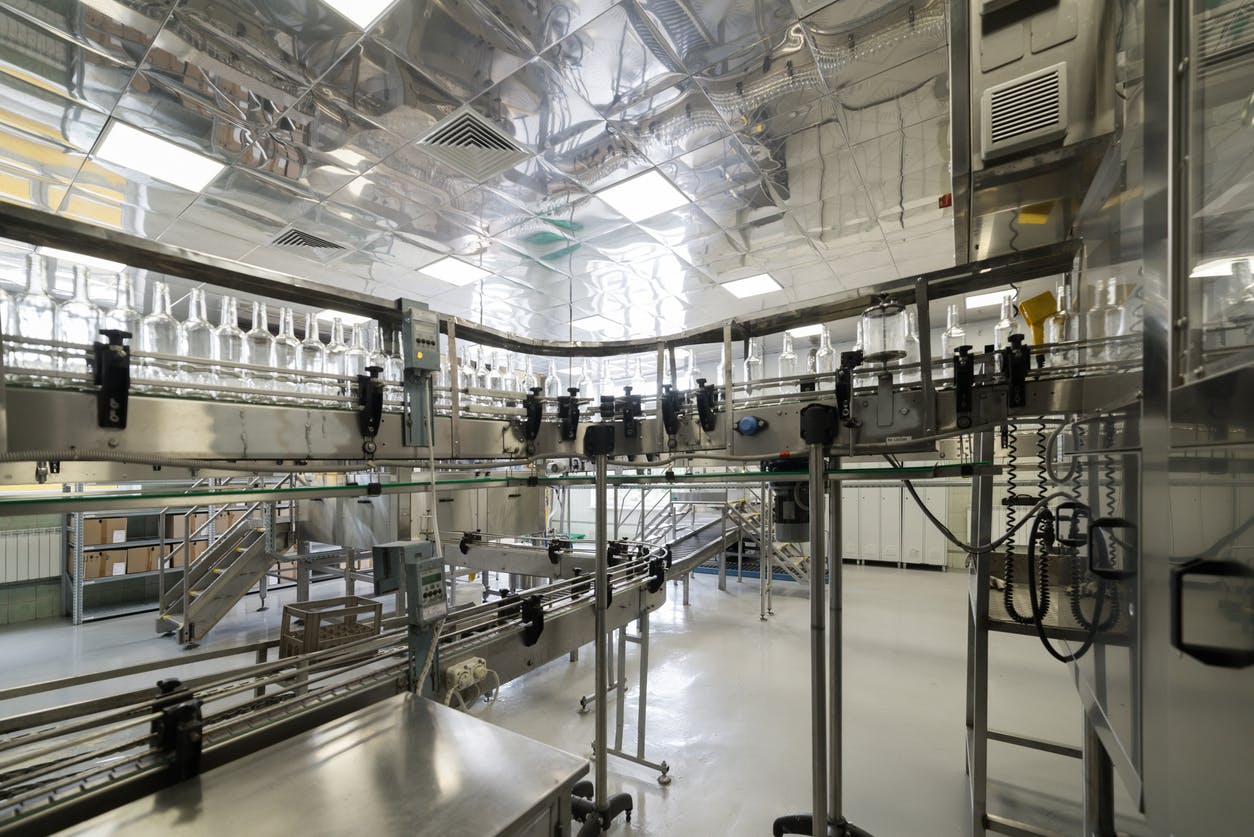
Vodka is one of the most widely consumed spirits in the world. With its crystal-clear appearance and great versatility, it is enjoyed both in cocktails and neat.
But where exactly does vodka come from? Its origin is debated among several countries, each claiming to be the birthplace of this iconic spirit.
The disputed origins of vodka
The history of vodka has its roots in Russia and Poland, two nations that claim the creation of this spirit.
In Poland, the word "wódka" was first documented in 1405 in records from the town of Sandomierz, although at that time the drink was mainly used for medicinal purposes. By the 16th century, vodka became a favored beverage among the Polish nobility, who refined its production techniques.
In Russia, the first written mention of a spirit identifiable as vodka dates back to 1430, when monks at the Chudov Monastery in Moscow are said to have perfected a distillation method.
Russian chemist Dmitri Mendeleev, known for creating the periodic table, is also credited with establishing the modern vodka standards in 1894, recommending an ideal alcohol concentration of 40%.
While the precise origin remains uncertain, vodka is undoubtedly a product deeply rooted in the histories of both countries, evolving in parallel over the centuries.
Vodka through the Ages
Initially developed for medicinal and religious purposes, vodka gradually established itself as a common beverage.
In Russia, Ivan the Terrible instituted a state monopoly on vodka production in 1540, contributing to its widespread distribution and mass consumption among the population.
In Poland, artisanal vodka production was refined during the 17th and 18th centuries with improvements in distillation techniques and diversification of raw materials used.

The industrialization of the 19th century led to the rise of iconic brands such as Smirnoff and Wyborowa, which modernized production and exported vodka beyond their borders.
Over the centuries, vodka has gained in purity thanks to column still distillation and charcoal filtration, a method introduced in the 19th century.
À partir de quelle matière première est élaborée la vodka ?
Vodka is traditionally distilled from grains such as rye, wheat, or barley, but it can also be produced from potatoes, corn, grapes, or even rice.
Filtration techniques and their impact on quality
The purity of vodka relies on its filtration methods, which directly influence its taste and texture.

Charcoal filtration, used notably by Smirnoff, removes impurities and creates a more neutral profile. Quartz or diamond dust filtration, employed by some premium brands, further refines the vodka’s texture.
Finally, some vodkas are filtered multiple times to achieve a smooth texture and a pure aromatic profile.
Vodka, a universal spirit
Today, vodka is produced and consumed worldwide. Scandinavian countries like Sweden and Finland have also developed well-known brands.
It is now an essential ingredient in mixology, especially in famous cocktails such as the Bloody Mary, Moscow Mule, and Vodka Martini.
TO DISCOVER VODKA FURTHER
La Maison du Whisky has three boutiques in Paris:
In each of these boutiques, you'll find a wide selection of whiskies, rums, sakes, and other fine spirits.
Follow our tasting calendar for upcoming events, or visit the Golden Promise Whisky Bar, which offers an extensive selection of whiskies and other spirits by the glass.